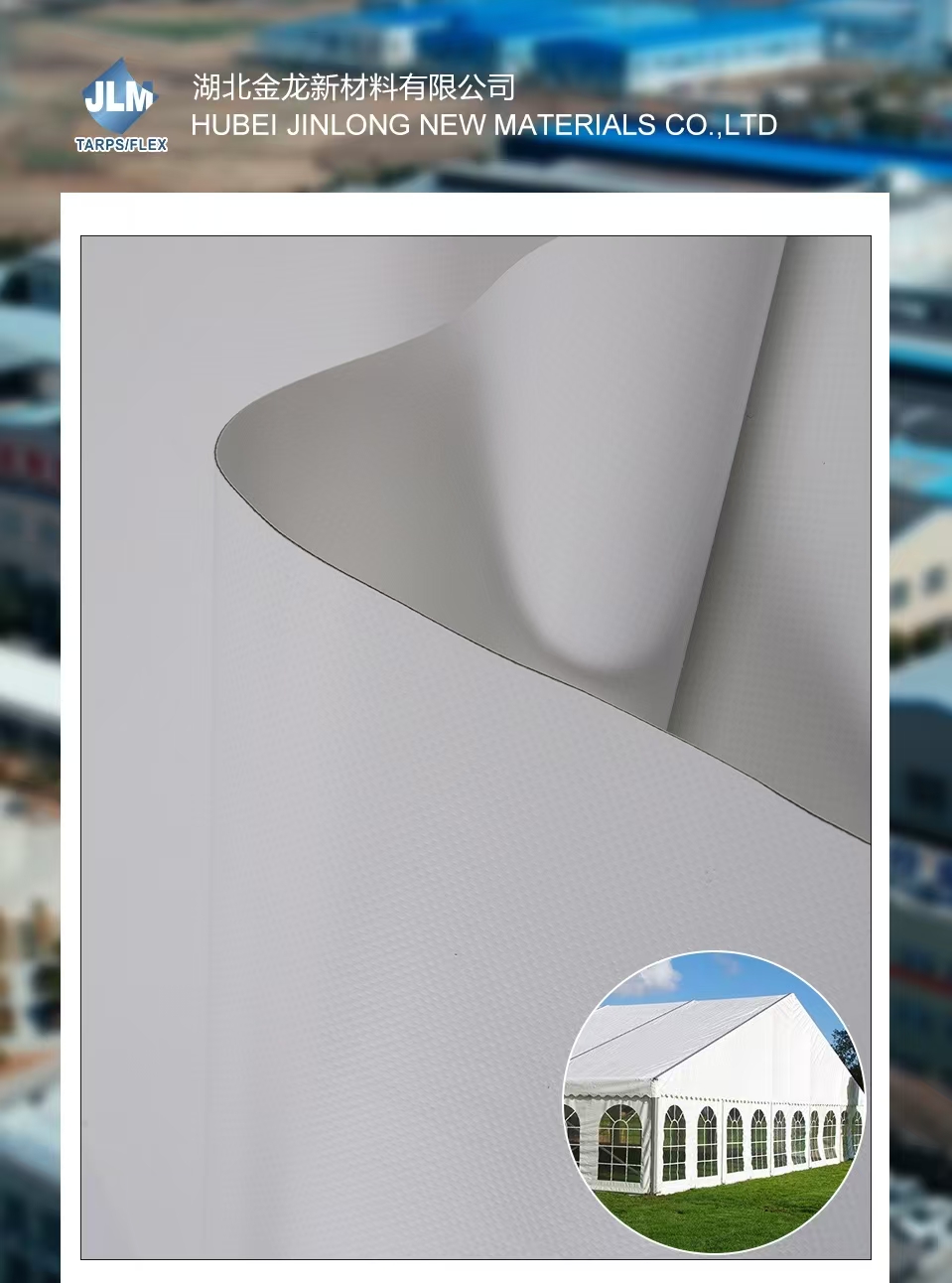Choosing the right size tarp might seem straightforward at first glance. You simply measure the length and width of what you need to cover, right? While this approach works well for flat surfaces like walls or floors, covering a three-dimensional object requires a bit more thought. This guide will walk you through the process of accurately measuring and selecting the perfect tarp size for various needs, ensuring you get the coverage and protection you require.
When covering a three-dimensional object, the first step is similar to covering a flat surface: measure the length and width of the area to be covered. However, you need to consider additional factors to ensure full coverage.
Start by measuring the length and width of the top of the object. If the object has a flat top, this step is straightforward. For objects with irregular or pointed tops, estimate the length and width to include any upward protrusions. It's better to overestimate these measurements slightly to ensure you have enough tarp to cover the entire top surface.
Imagine you need to cover a lawnmower. Measure the length and width of the top surface, including the handlebar area. If the handlebar extends upwards, make sure to account for this height in your measurements.
Next, consider how far down the sides you want the tarp to drape. Sometimes you might only need to cover the top surface, such as when protecting the contents of a trailer. Other times, you'll need the tarp to extend all the way to the ground to provide complete protection.

To determine the drape length, measure from the top of the object down to the desired endpoint. Double this number to account for both sides. Then, add this doubled measurement to both the length and width of the top surface.
If you want the tarp to drape down 2 meters on all sides of the lawnmower, you'll add 4 meters to both the length and width measurements. This ensures that the tarp covers the entire object, providing full protection from the elements.
One final consideration is the 'Cut Size.' This industry term refers to the size of a tarp before it is seamed, hemmed, and eyeleted. The actual final size of the tarp can be up to 30 centimeters (1 foot) shorter than the stated dimensions due to these finishing processes.
To account for this, add an extra 30 centimeters to your final measurements. Overestimating slightly ensures that you won't end up with a tarp that's too short for your needs.
Continuing with our lawnmower example, if your final measurements (including drape) are 6 meters by 6 meters, add an extra 30 centimeters to each dimension. This means you should look for a tarp that is at least 6.3 meters by 6.3 meters to ensure adequate coverage.
Here are some practical applications and tips to help you select the right tarp size for various needs.
When covering outdoor equipment like grills, bicycles, or garden tools, ensure the tarp extends fully over the equipment and down to the ground. This helps protect against rain, snow, and UV damage.
For cars, boats, or motorcycles, measure the length, width, and height of the vehicle. Add the drape measurements to ensure the tarp covers from the roof down to the ground on all sides. Don’t forget to account for mirrors, antennas, and other protrusions.
If you’re using a tarp for shelter or camping, consider the space needed for people and gear. Measure the area you want to cover and add extra for overlap and securing points. Ensure the tarp is large enough to provide adequate coverage and protection from the elements.
For construction or renovation projects, use tarps to cover materials, tools, and unfinished structures. Measure the space and add drape length to protect from dust, debris, and weather conditions.
Selecting the right size tarp involves careful measurement and consideration of the specific application. Start by measuring the top surface, account for the drape, and adjust for the cut size. By following these steps, you’ll ensure that your tarp provides the necessary coverage and protection for your needs.
Whether you’re protecting equipment, vehicles, or using a tarp for camping and construction, these guidelines will help you choose the perfect size. Remember, it’s always better to overestimate and ensure complete coverage rather than ending up with a tarp that falls short. With the right tarp, you can safeguard your belongings and projects effectively against various elements.


 English
English русский
русский Français
Français Español
Español




















